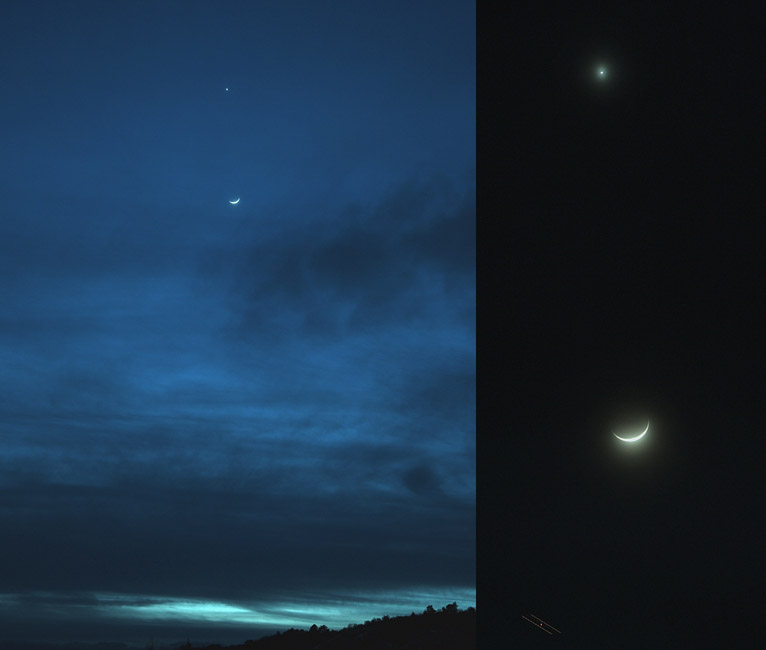Difference between revisions of "March 1, 2009"
| Line 1: | Line 1: | ||
__NOTOC__ | __NOTOC__ | ||
=When Worlds Don't Collide= | =When Worlds Don't Collide= | ||
| − | |||
<!-- ws:start:WikiTextHeadingRule:2:<h1> --> | <!-- ws:start:WikiTextHeadingRule:2:<h1> --> | ||
<!-- ws:start:WikiTextLocalImageRule:8:<img src="/file/view/LPOD-Mar1-09.jpg/60159830/LPOD-Mar1-09.jpg" alt="" title="" /> -->[[File:LPOD-Mar1-09.jpg|LPOD-Mar1-09.jpg]]<!-- ws:end:WikiTextLocalImageRule:8 --><br /> | <!-- ws:start:WikiTextLocalImageRule:8:<img src="/file/view/LPOD-Mar1-09.jpg/60159830/LPOD-Mar1-09.jpg" alt="" title="" /> -->[[File:LPOD-Mar1-09.jpg|LPOD-Mar1-09.jpg]]<!-- ws:end:WikiTextLocalImageRule:8 --><br /> | ||
| − | <em>image by [mailto:abraham@vadakcsillaga.hu Ábrahám Tamás], Zsambek, Hungary</em><br /> | + | <em>image by [mailto:abraham@vadakcsillaga.hu" rel="nofollow Ábrahám Tamás], Zsambek, Hungary</em><br /> |
<br /> | <br /> | ||
| − | In 1950 [http://www.jimloy.com/pseudo/velikov.htm Immanuel Velikovsky] wrote a famous book about colliding worlds. If he had been talking about collisions 4.5 b.y. ago scientists would have applauded, but he was hypothesizing events said to have occurred in the last few thousand years. There is no physical evidence to support such a fantastic idea and it has fallen into the astronomical dustbin of history. But ancient people may have wondered, when bright objects like the Moon and Venus approached each other closer and closer each night, if they would collide. Ábrahám has captured the recent closest approach of the Moon and Venus, and since that time these two celestial objects have started moving apart. The gods have spared us, once again. Whew.<br /> | + | In 1950 [http://www.jimloy.com/pseudo/velikov.htm" rel="nofollow Immanuel Velikovsky] wrote a famous book about colliding worlds. If he had been talking about collisions 4.5 b.y. ago scientists would have applauded, but he was hypothesizing events said to have occurred in the last few thousand years. There is no physical evidence to support such a fantastic idea and it has fallen into the astronomical dustbin of history. But ancient people may have wondered, when bright objects like the Moon and Venus approached each other closer and closer each night, if they would collide. Ábrahám has captured the recent closest approach of the Moon and Venus, and since that time these two celestial objects have started moving apart. The gods have spared us, once again. Whew.<br /> |
<br /> | <br /> | ||
| − | <em>[mailto:tychocrater@yahoo.com Chuck Wood]</em><br /> | + | <em>[mailto:tychocrater@yahoo.com" rel="nofollow Chuck Wood]</em><br /> |
<br /> | <br /> | ||
<strong>Technical Details</strong><br /> | <strong>Technical Details</strong><br /> | ||
Revision as of 18:05, 4 January 2015
When Worlds Don't Collide

image by " rel="nofollow Ábrahám Tamás, Zsambek, Hungary
In 1950 " rel="nofollow Immanuel Velikovsky wrote a famous book about colliding worlds. If he had been talking about collisions 4.5 b.y. ago scientists would have applauded, but he was hypothesizing events said to have occurred in the last few thousand years. There is no physical evidence to support such a fantastic idea and it has fallen into the astronomical dustbin of history. But ancient people may have wondered, when bright objects like the Moon and Venus approached each other closer and closer each night, if they would collide. Ábrahám has captured the recent closest approach of the Moon and Venus, and since that time these two celestial objects have started moving apart. The gods have spared us, once again. Whew.
" rel="nofollow Chuck Wood
Technical Details
02.27.2009. Wide sky view: Canon EOS 400D, EF-S 18-55 mm, F5, 1/3 sec, ISO200.
Telephot view: Canon EOS 400D, Pentacon 2,8/135 MC, F8, 1,6 sec, ISO400.
At the bottom of Ábrahám's image (between the two short lines) is the light of an airplane.



